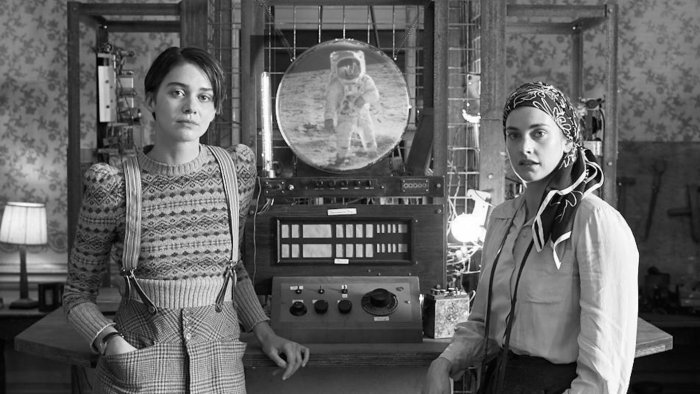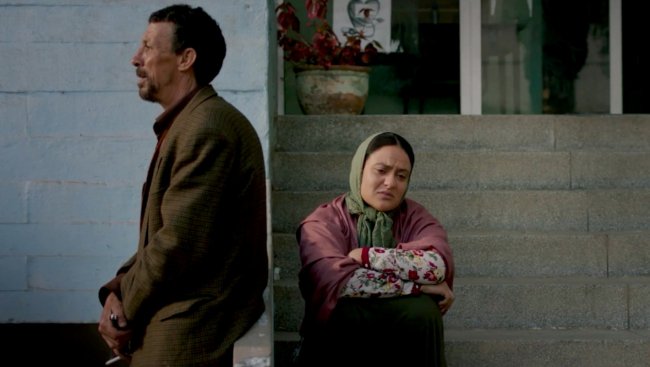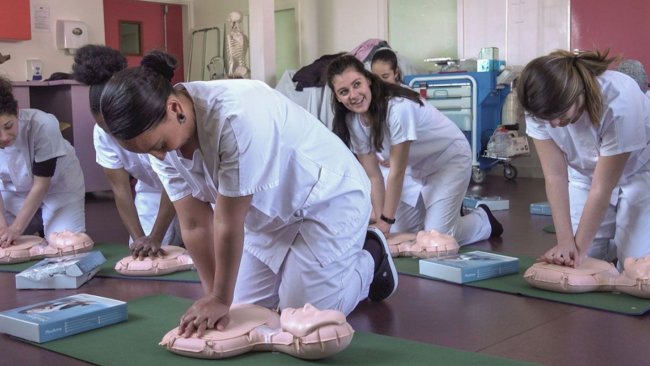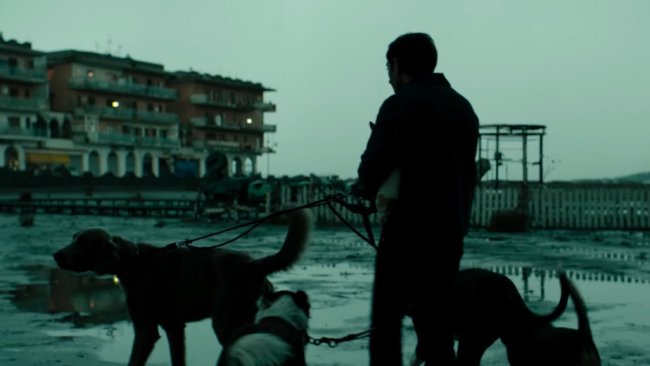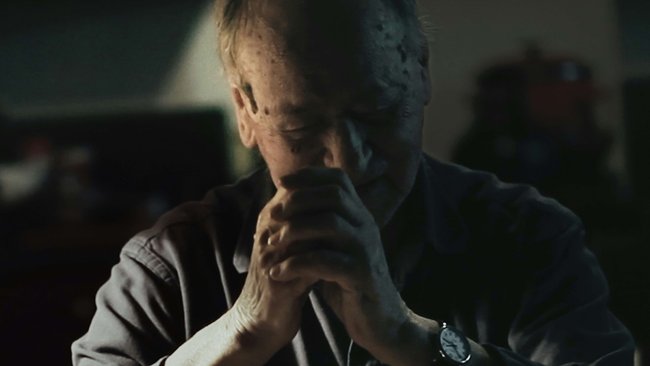LOLA
[…] The reels’ “wear and tear” effect doesn’t act as a simple aesthetic element in the background, but becomes a solid narrative component, which elicits certain emotions and atmospheres.
[…] «LOLA» may be a palatable dish for the lovers of science-fiction and alternate history but it has the potential to engage and entertain a wider, more mainstream festival audience.
Text: Davide Abbatescianni | Audio/Video: Jeannette Wolf
Podcast
LOLA | Café critique
Café Critique about Andrew Legge's film «LOLA» at the Locarno Film Festival 2022. Discussants: Rosa Lerf, Morgane Frund, Dominic Schmid, Ruth Baettig. Editing and introduction: Jeannette Wolf
Find a list of all our Podcasts here.
Two sisters, Martha (Stefanie Martini) and Thomasina (Emma Appleton), live in a remote cottage, somewhere in the English countryside. Their father has passed away but has left them some of his precious research notebooks on time travel. Without too much effort, Martha and Thomasina manage to build a machine capable of intercepting future TV broadcasts. It’s 1941, however, and the two girls realise that their invention is not just a great tool to listen David Bowie’s Space Oddity 28 years before its release but it can also help the British army turn the tide of the war against the Nazis. This is the highly engaging premise of Andrew Legge’s debut feature, titled LOLA and showcased out of competition at this year’s Locarno Film Festival.
But how do we get to know this story? The first element deserving scrutiny is indeed the found footage trope, announced through an intertitle displayed at the beginning of the film which states that some movie reels have been found in a house in Sussex. Technically speaking, the found footage feel is rendered beautifully. The images are shot with a real Swiss camera from the 1940s, a Bolex 16mm, clockwork, with little or no modern post-production. Here, Legge (who lensed the film himself with DoP Oona Menges) doesn’t hesitate in scratching, “burning” and ruining both sound and picture. This deliberate “wear and tear” is very well balanced, and the final result looks quite authentic. Besides, such “imperfect” and “consumed” footage serves Legge’s script well because it is predominantly characterised by a fragmentary, non-linear structure, rich in time jumps and abundantly elliptical. Thus, the reels’ “wear and tear” effect doesn’t act as a simple aesthetic element in the background, but becomes a solid narrative component, which elicits certain emotions and atmospheres. For example, sometimes sounds and voices get more screechy when the characters are concerned or when we realise that a great danger is imminent. It is worth noting that such manipulations don’t take place regularly, but are well dosed throughout, rendering their occurrence disturbing and rather unpredictable.
Next, suspension of disbelief is another essential element to fully enjoy the viewing of this film. The presence of the camera is barely justified as the main hint is that both sisters are amateur filmmakers and they got used to documenting tirelessly their experiments with the time machine and their secluded lives in their countryside home. This solution allows Legge to get very close to his characters and follow them in several intimate moments – for example, when the two girls take a bath and share a glass of wine, when they argue between each other, or when Martha starts developing a sentimental relationship with Sebastian (Rory Fleck Byrne, who plays a British soldier who discovers the girls’ real identity, as they initially operate secretly under the name of the “Angel of Portobello”).
In addition, the images shot with the Bolex camera are intertwined with extensive archive footage – either real, manipulated or shot from scratch – as Martha and Thomasina’s providential support to the British army will end up changing the known course of history. Alongside real political figures such as Adolf Hitler, Winston Churchill and Oswald Mosley, the two sisters, Sebastian and his boss Cobcroft (Aaron Monaghan) all gain an unexpected place in the history of WW2.
Curiously, the alternative timeline gives Legge’s room for several humorous, playful intuitions – some of these include the presence of The Kinks’ hit You Really Got Me as a rebellious anthem to fight the Nazi and the appearance of a mysterious Fascist pop singer called Reginald Watson. Music undoubtedly plays a central role in LOLA. Legge stresses the fact that present and future are not just shaped by great narratives and political upheavals, but also by popular culture. Owing to this premise, real timeline pop music acts as a metaphor for freedom and equality – nothing more, nothing less.
The closure of the narrative arc is perhaps a bit too rushed and plays on thin ice. That being said, it still fits the over-the-top tone set by Legge throughout.
All in all, LOLA manages to masterfully combine elements of the mockumentary and science-fiction genres while echoing some of the recurring tropes of alternate history literature. The most obvious references one may find are Robert Harris’ Fatherland and Philip K. Dick’s The Man in the High Castle, both transposed for the small screen in 1994 and 2015, respectively. Legge crafts a fast-paced, compelling tale wherein, in less than 80 minutes, viewers will experience a whirlwind of emotions. LOLA may be a palatable dish for the lovers of science-fiction and alternate history but it has the potential to engage and entertain a wider, more mainstream festival audience.
Info
LOLA | Film | Andrew Legge | IE-UK 2022 | 79’ | Locarno Film Festival 2022
First published: August 15, 2022
